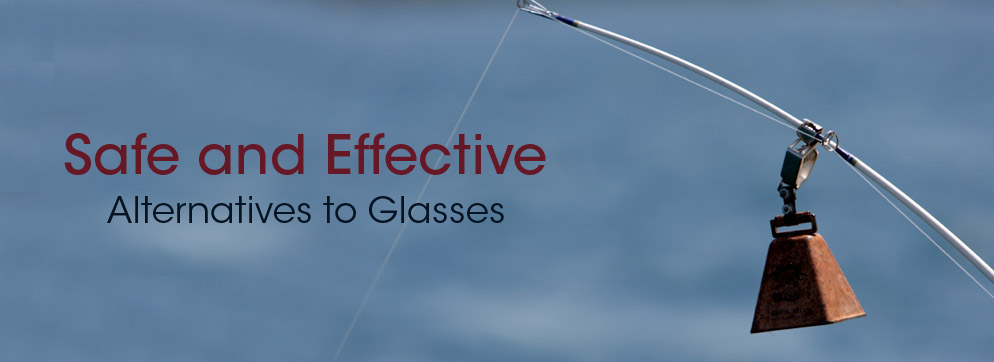Corneal Transplants
 The cornea is the clear front of the eye that covers the colored iris and the round pupil. Light is focused while passing through the cornea so we can see. To stay clear the cornea must be healthy.
The cornea is the clear front of the eye that covers the colored iris and the round pupil. Light is focused while passing through the cornea so we can see. To stay clear the cornea must be healthy.
If the cornea is damaged it may become swollen or scarred. In either case, its smoothness and clarity may be lost. The scars, swelling or an irregular shape cause the cornea to scatter or distort light, resulting in glare or blurred vision.
A corneal transplant may be necessary under the following conditions:
- Corneal failure after other eye surgery, such as cataract surgery
- Scarring after infections or injury
- Hereditary corneal failure, such as Fuchs' dystrophy
DSAEK
 DSAEK is the latest technique in corneal transplantation. Short for Descemet-stripping automated endothelial keratoplasty, DSAEK offers clear post-operative vision and short recovery time to patients in need of new corneas.
DSAEK is the latest technique in corneal transplantation. Short for Descemet-stripping automated endothelial keratoplasty, DSAEK offers clear post-operative vision and short recovery time to patients in need of new corneas.
Patients are given topical anesthesia so they can't feel anything during the DSAEK procedure. First, the surgeon cuts and prepares the donor cornea. Next, he or she makes a mark in the surface of the patient's cornea with a trephine (an instrument used to cut circular sections of tissue). That mark serves two purposes: it helps the surgeon determine what size the transplant should be, and it outlines the area of the patient's cornea that needs to be peeled away.
Next, the surgeon scores the damaged section of the cornea and strips the membrane away from the eye using a microkeratome blade – the same instrument used in LASIK surgery. Then the donor cornea is folded into a "taco" shape and placed on the eye. A single stitch closes the incision.
Sometimes the new cornea unfolds on its own; other times, the surgeon unfolds it him/herself. When it is unfolded, a second stitch is made to close the wound and anchor the new cornea in place. The surgeon then injects an air bubble underneath the cornea, making sure it is centered on the eye, and dilates the pupil with eye drops.
Patients are sent to the recovery room for about one hour, after which they are examined at the slit lamp with the doctor. He or she gently presses on the cornea until most of the air bubble is released. Patients are then given antibiotics and steroid eye drops and will return the next day for a follow-up appointment. About 10% of patients need a second bubble injection to re-center the cornea.
 For more info on our Corneal Transplant procedures, call us to schedule an appointment 810-985-9600.
For more info on our Corneal Transplant procedures, call us to schedule an appointment 810-985-9600.





